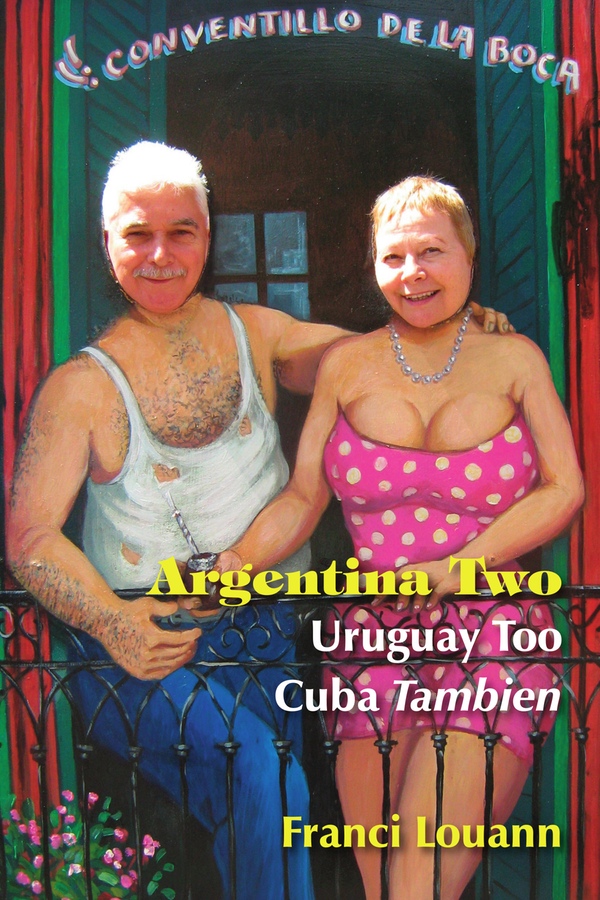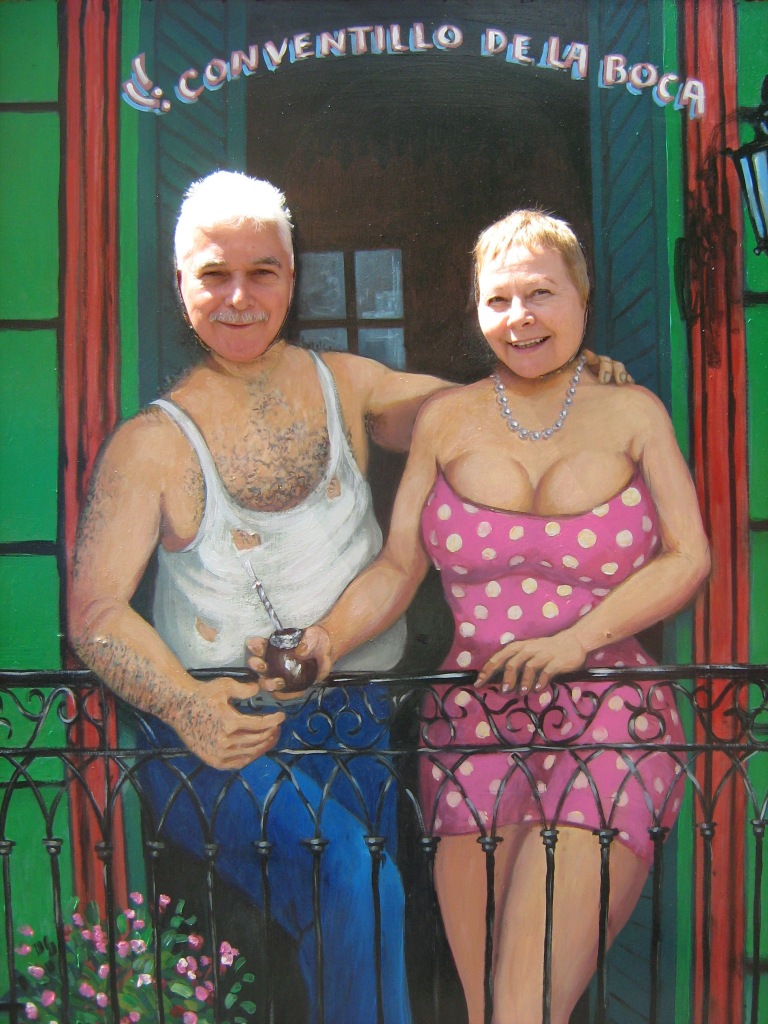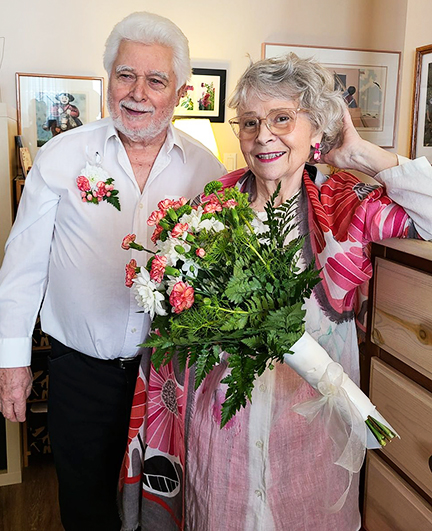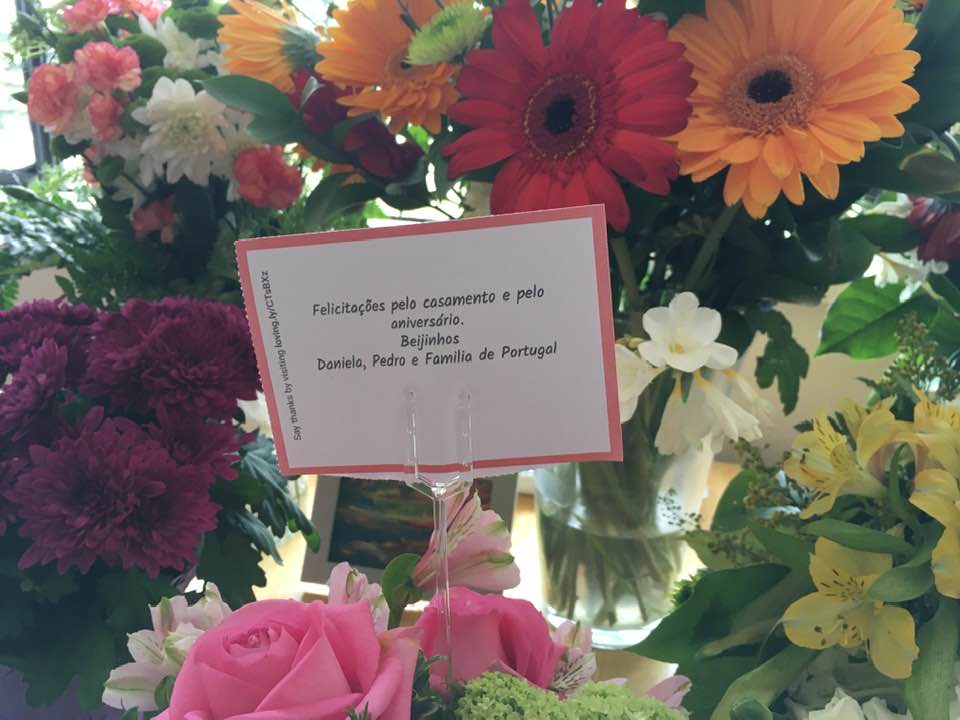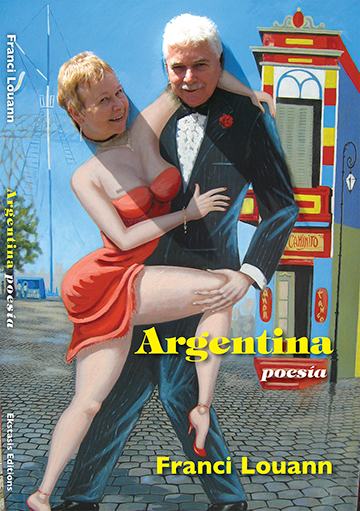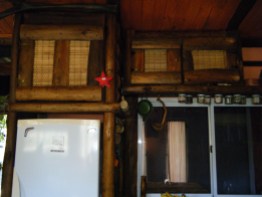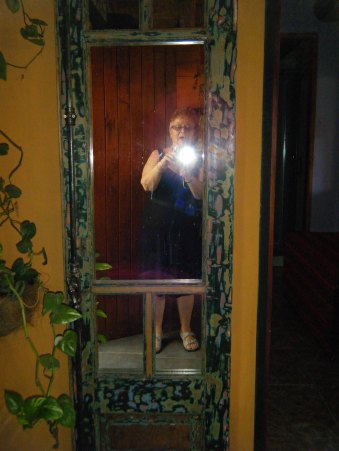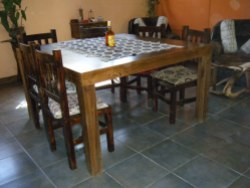Duh, it has been more than 3 months since my last entry. Let’s start easily. Some of you may have read this. (More “news” soon.) WOW & Whew! That worked well. My birthday pictures.
BIRTHDAY REPORT, MARCH 2017 – FIESTA LATINA, ARGENTINA
We took the bus to Villa Elisa – ½ hour, see poem. I’ll delete line breaks to save space.
SCENES FROM VILLA ELISA
those birds sing so earnestly at 4 a.m.
guests for lunch sisters long separate peace lilies in a vase
this long green beak piercing eyes of indigo orange crown flashing
this bird-of-paradise this bloom
against grey sky jacaranda purple more royal than ever
as we say goodnight on the sidewalk two snails kiss
Franci Louann November 2007
Second Prize, Kisses and Popsicles Contest 2009, www.pandorascollective.com
Sent with 2nd set of three poems when deadline was extended.
Published in the Royal City Poets anthology 2012 (Silver Bow Publishing)
Gee, I’d forgotten – I have translated that one into Spanish/castellano.
I felt we could count on Natalina’s family for a good fiesta. I suggested El Boyo restaurant, just across the plaza. Natalia/Naty/Nati? reserved a table for six, for the 8-30 setting. Her dad Enrique and his partner Susana would join us.
Natalina and José prepared lunch for us three. They were cutting a very long piece of beef. Some went to the freezer. Our steaks were grilled on top of the stove. The meat was extraordinarily tender. I asked what cut it was. Lomo, tenderloin, filet mignon! We had enough for seconds. This was served with roasted potatoes and carrots and mixed salad, both with basil, my favourite addition. I felt loved.
By the way, when Natalina or Carmen prepare a meal, I’m usually so overwhelmed, I forget to take a picture. So I have a photo halfway through Natalina’s lunch for me. Yes, of the second serving of lomo.
At El Boyo I ordered pasta – ravioli stuffed with ricotta and spinach. The sauce was crema with ham and mushrooms. For “appetizers”, someone had ordered deep-fried calamari (there were gorgeous big succulent pieces) and French fries. Stella Artois and Lopez Malbec were our beverages (with water for Natalina).
Susana tipped off the waiter and a tall slice of ice cream cake appeared with a candle for me, when we were done. As people clapped and sang, I got three wishes. (I was thankful that we shared that dessert.)
After dinner, we went back to Natalina’s, where I knew there was a cake in the fridge. It was a huge package that had arrived that afternoon. I was pleased to see that a tall candle was responsible for its height. This was a meringue and raspberry cake with dulce de leche filling, served with cider in tall celebratory glasses. Delicious.
We overnighted with Natalina’s “Sheraton treatment” – she even irons her sheets. For breakfast I enjoyed the rest of my pasta and another piece of birthday cake, before we returned to La Plata.
I LOVE LA PLATA
me gusta La Plata me encanta La Plata I love La Plata
with its plazas its trees, el verde, the green
linden trees tilia la ciudad de los tilos city of linden blossoms
streets are numbered avenidas wider
las diagonales mas misteriosas the diagonals, more mysterious
the locals know walking the diagonals saves time;
we foreigners are cautious
la ciudad de las diagonales city of diagonals
Plaza Moreno is central the largest, longer
with its giant cathedral Italian style built a century before
Museo de La Plata dinosaurs from Patagonia
some of world’s best natural history since 1888
me encanta La Plata
Franci Louann December 22, 2011
https://en.wikipedia.org/wiki/La_Plata
Last year my age was evenly divisible by both five and ten. I like to celebrate those days in style, but we just couldn’t do it, as we’d had a death in the family. My sister Mariann’s partner of twenty-five years, Lloyd, had died the year before. Lloyd and I were born in the same year. We had celebrated many birthdays together. He had been generous.
So this year I wanted a “Fiesta Latina” and that’s what we had. Last year was a good year for me. I liked being that age.
Mariann and I are close in age. Next summer, July 16th, she will have that same “evenly divisible by ten” birthday. I hope that we will be able to celebrate in style.
Franci Louann March 10, 2017
THE 50th BIRTHDAY PARTY – remembered, cinquains
at my fiftieth spontaneously I invite everyone born in my year
to join me in an unrehearsed cancan / chorus line dance
one man, one woman and myself;
I forgot they both have “hip issues”— I don’t mean trendy
this is a touch of mortality not to be confused with morbidity
encouraging humility
Franci Louann March 29, 2007


